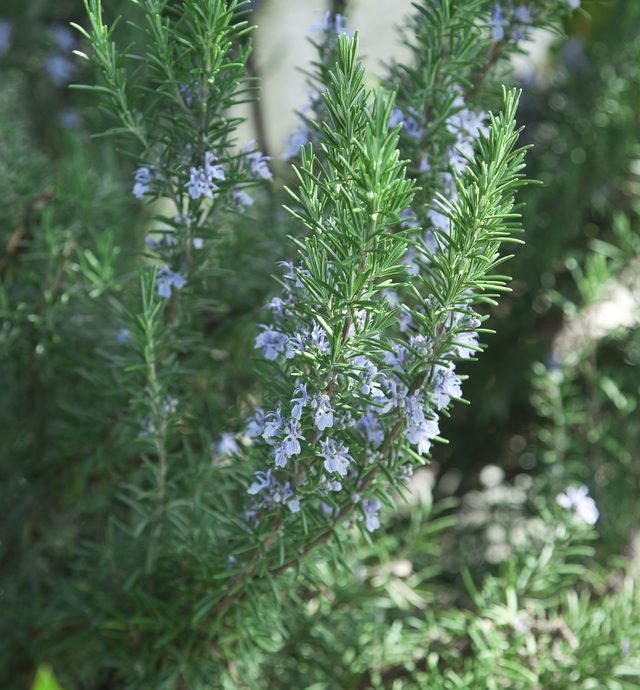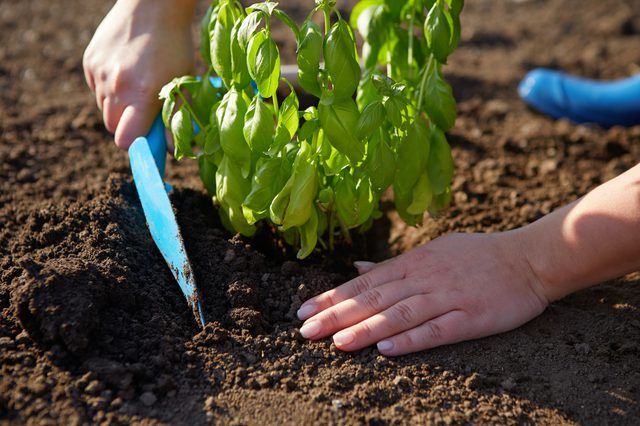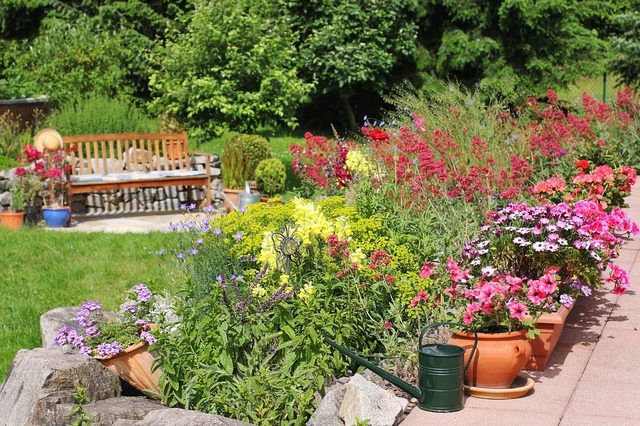Bulbs
Flower Basics
Flower Beds & Specialty Gardens
Flower Garden
Garden Furniture
Garden Gnomes
Garden Seeds
Garden Sheds
Garden Statues
Garden Tools & Supplies
Gardening Basics
Green & Organic
Groundcovers & Vines
Growing Annuals
Growing Basil
Growing Beans
Growing Berries
Growing Blueberries
Growing Cactus
Growing Corn
Growing Cotton
Growing Edibles
Growing Flowers
Growing Garlic
Growing Grapes
Growing Grass
Growing Herbs
Growing Jasmine
Growing Mint
Growing Mushrooms
Orchids
Growing Peanuts
Growing Perennials
Growing Plants
Growing Rosemary
Growing Roses
Growing Strawberries
Growing Sunflowers
Growing Thyme
Growing Tomatoes
Growing Tulips
Growing Vegetables
Herb Basics
Herb Garden
Indoor Growing
Landscaping Basics
Landscaping Patios
Landscaping Plants
Landscaping Shrubs
Landscaping Trees
Landscaping Walks & Pathways
Lawn Basics
Lawn Maintenance
Lawn Mowers
Lawn Ornaments
Lawn Planting
Lawn Tools
Outdoor Growing
Overall Landscape Planning
Pests, Weeds & Problems
Plant Basics
Rock Garden
Rose Garden
Shrubs
Soil
Specialty Gardens
Trees
Vegetable Garden
Yard Maintenance
Herbs and Companion Planting
Herbs are high in essential oils that repel pests. Use herbs to not just add new flavors and aromas to a garden, but also to defend the garden from insects.
You may find the rich aromas emanating from your herb plants enticing, but many common garden insects find those same scents repelling. That's one reason why herbs typically do not suffer from heavy pest infestations themselves; the aromatic essential oils in their leaves, stems and flowers drive away bugs. Use this secret herbal power to your advantage. Companion planting -- the practice of growing beneficial plants next to pest-prone garden vegetables -- can help shield and defend your yard from insect attacks.
Example Herbs and the Pests They Repel

Many herbs repel pests. Some of the most commonly grown examples include:
Basil (Ocimum Basilicum)
Basil is an annual that thrives in U.S. Department of Agriculture plant hardiness zones 2 through 11. This shrub-like herb reaches a height of up to 24 inches and grows best in full sun and well-draining, moderately rich soil conditions. As a companion plant, basil is often planted next to annual vegetables such as tomatoes (Lycopericon esculentum) and peppers (Capsicum annuum) where it repels:
Mosquitoes
Flies
Hornworms
Chives (Allium Schoenoprasum)
Chives grow in USDA zones 4 through 8. They need partial shade to full sun and do well in average, well-draining soil. Chives reach a height of up to 1 1/2 feet and are often enjoyed for ornamental purposes thanks to their lavender-colored blossoms. Chives are often planted next to annuals such as carrots (Daucus carota) and protect against:
Aphids
Mites
Nematodes
Garlic (Allium Sativum)
Garlic is a bulb that does well in USDA zones 4 through 9. It requires full sun and well-draining soil that's loose and rich in organic matter. It's prized for its underground cloves, but its grass-like foliage and pink-white blossoms are also ornamental. As a pest deterrent, garlic is often planted next to perennials such as roses (Rosa spp.), which grow in multiple USDA zones, and raspberries (Rubus idaeus) which grow in USDA zones 3 through 10. Garlic works as a pest-repelling powerhouse that deters:
Japanese beetles
Caterpillars
Mites
Aphids
Leaf borers
Rosemary (Rosmarinus Officinalis)
Rosemary is a perennial shrub in USDA zones 8 through 10. It can reach a height of up to 6 feet and prefers dry, well-draining, slightly acidic soil conditions in full sun. It's prized for its silver-green, needle-like foliage that is often used for culinary and aromatic purposes. For companion planting, rosemary often gets placed next to annual vegetables such as beans (Phaseolus vulgaris) and cabbage (Brassica oleracea). Rosemary guards against:
Carrot flies
Cabbage moths
Mexican bean beetles
Calculating the Space For Companion Planting

For the best results, herbs must be grown close to the companion plants they need to protect. To calculate how close together you can place the two plants, figure out the average space requirements between the herb and its companion.
Add the spacing needs of the herb to the spacing needs of the other plant, and then divide by two. For example, many of the larger varieties of basil require approximately 18 inches of space between each other, while tomato plants need approximately 24 inches of space. If you want to grow a basil plant with a tomato plant, the total is 42 inches, and the average between the two plants is 21. Thus, you should plant the basil approximately 21 inches from the tomato plant.
Care and Cultivation

Regardless of the specific herbs you grow, most herbs share several general care requirements. Keep your herbs healthy, and they can better repel insect pests from the garden.
Conditioning the Soil
Most herbs thrive in well-draining soil, as do many annual vegetables. Before planting the herbs and their companions, mix 3 inches of organic matter -- compost or peat moss, to name a couple of examples -- into the top 10 inches of soil. Organic matter improves soil aeration and drainage while also adding nutrients to the planting site.
Watering the Herbs
Water herbs whenever the top couples of inches of soil have dried out. This is similar to the watering needs of most other plants. In most cases, you can water herbs and their companions at the same time unless their watering needs are radically different.
Tip
Always water herbs in the morning, and try not to splash water onto the plants' foliage. This helps minimize the risks of many kinds of plant diseases.
Mulching the Garden Bed
Herbs respond well to mulch. Their companion plants will also appreciate the benefits of mulch, which include reduced weeds, reduced soil moisture loss and the prevention of soil erosion. Spread a couple inches of mulch, such as shredded leaves or fine pine bark, around the herbs.
Warning
Keep the mulch from touching the plant itself. Constant contact between mulch and plants can promote rotting on the plant.